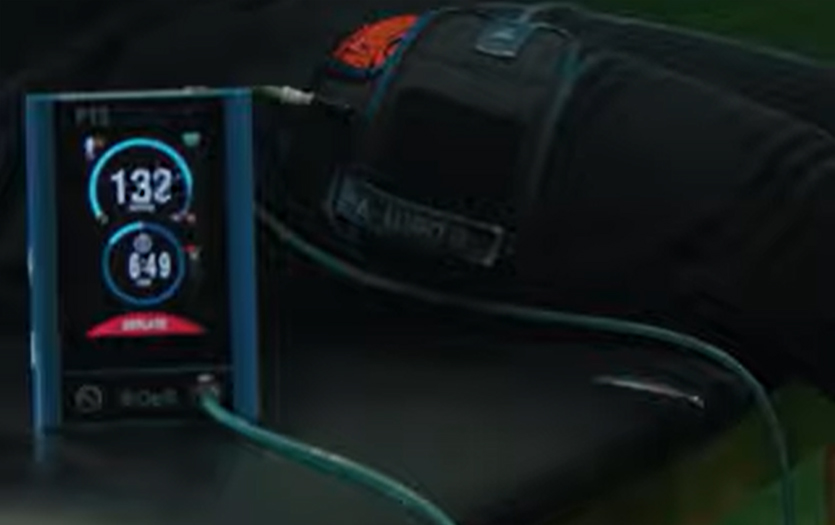
This post was written by Cale Tabler, ACSM-EP, BS, Cardiac Rehab team leader, Parkview Regional Medical Center and Parkview Hospital Randallia.
Determining the intensity of a workout can be a difficult task. Many individuals find themselves asking, “Am I working hard enough?” or “Am I overdoing it?” during exercise. There are several tools for measuring and self-evaluating your output. Among the most common are “the talk test,” rating of perceived exertion and target heart rate.
An accurate metric
Measuring your heart rate is quite possibly the most effective way to determine exercise intensity because it is not subject to interpretation. The higher the difficulty of a workout, the harder your heart has to work. When you are exercising at higher intensities, your muscles demand more oxygen. Therefore, your heart must pump at a more rapid pace to keep up with the consumption and demand of blood flow and oxygen to skeletal muscles and other organs.
Finding the right heart rate zone during exercise is most important in answering the question of “Am I working hard enough?”
Target heart rate zones explained
Target heart rate zone is a term referencing a percentage of an individual's maximum heart rate, that reflects a safe and beneficial intensity. Generally, this percentage of intensity falls between 50-90% of age-predicted maximum heart rate. A person can find their age-predicted maximum heart rate by simply taking 220 minus their age. For example, an individual who is 40 years old would take 220 minus 40 to equal 180 beats per minute.
The American Heart Association generally recommends a target heart rate of 50-70% of maximum heart rate for moderate exercise intensity and 70-85% of your maximum heart rate for vigorous exercise intensity.
Referencing the earlier example, a 40-year-old person’s target heart rate would be 50-70% of the maximum heart rate:
180 x 0.5 = 90 beats per minute
180 x 0.7 = 126 beats per minute
At a 70-85% level of exercise, a 40-year-old’s target heart rate would be:
180 x 0.7 = 126 beats per minute
180 x 0.85 = 153 beats per minute
Therefore, a 40-year-old would want to aim for the target heart rate zone of 90-126 beats per minute during moderate exercise and 126-153 beats per minute during vigorous exercise.
Exceptions to the rule
There are some special considerations to be aware of before calculating a target heart rate zone. For trained competitive athletes, an intensity of greater than 90% heart rate maximum may be achieved during training or competition. So, in this population, it may be more appropriate to have a maximum stress test or VO2 max exercise test to assess training intensities more accurately.
Individuals who have a medical history including heart disease, abnormal heart rhythm, lung disease or other limiting health conditions should seek out guidance from a medical doctor, practitioner or certified exercise professional. Many of these conditions may require a more specialized approach and considerations when calculating exercise heart rate zones including contraindications, medications and other factors.



